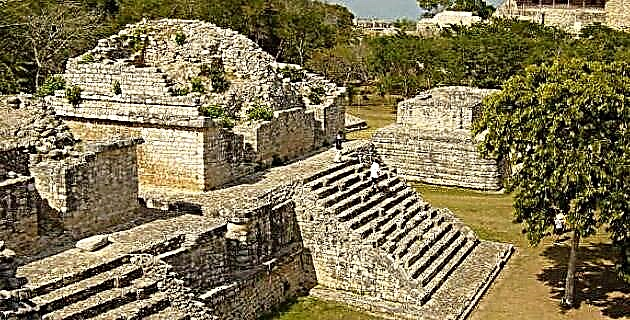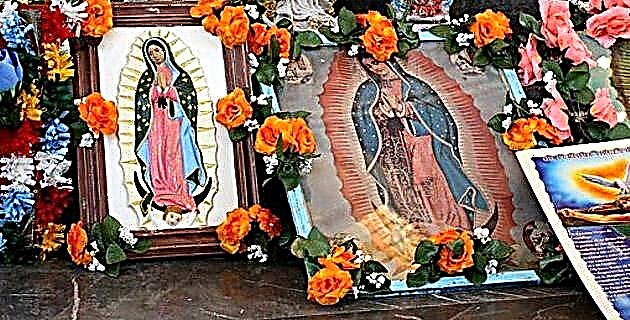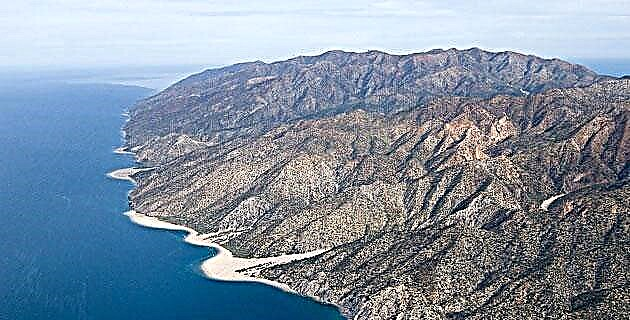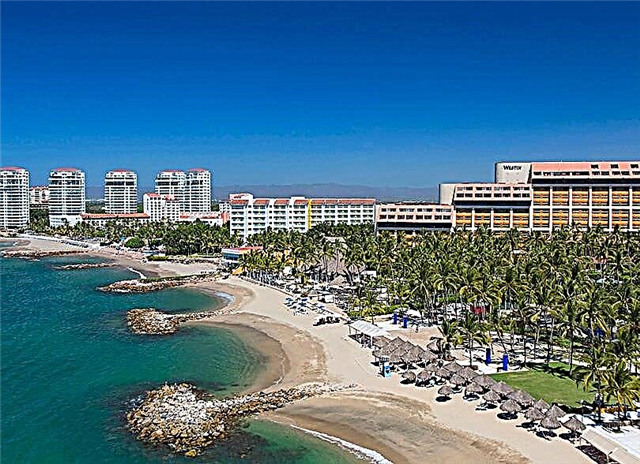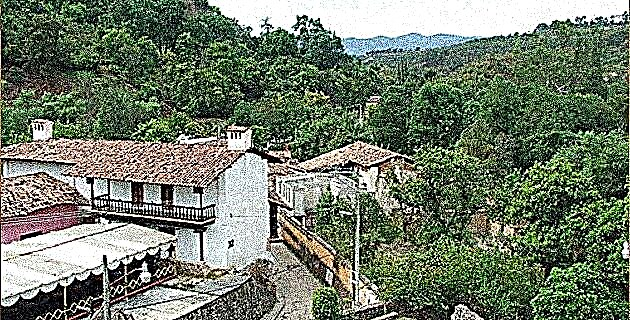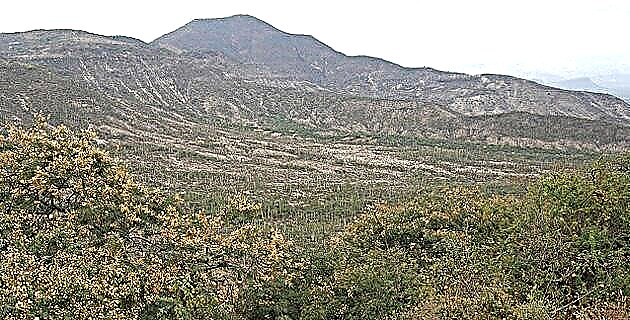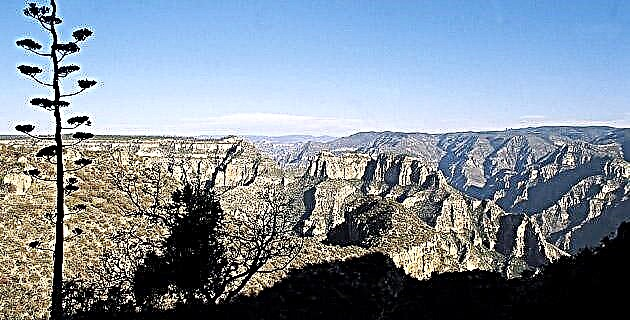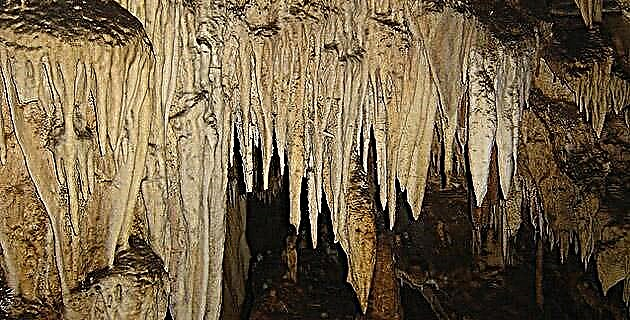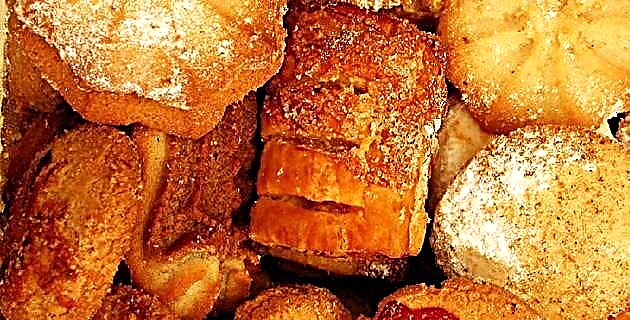
There are authors who affirm that it was Don Vasco de Quiroga himself, the first bishop and benefactor of the recently conquered Purépecha people, who when reorganizing the production of the region occurred to him to assign to Tingüindín the completely new bakery activity, since wheat was a recently grown crop introduced in America.
But regardless, this bakery art has long had a very special place in the palates of the people of the region. At the end of the 19th century, the muleteer merchants carried pieces of what was known as pulque bread (because the cream of this drink was used instead of yeast) wrapped in stem leaves, to relatively remote places. Nowadays things are not so different, except that sometimes it is the travelers themselves who, no longer by mule but by car, take advantage of their passage through the place to take this delight.
YOUR PROCESS
How is this bread made? What are the ingredients that are combined in any of its three varieties: aromatic cemas, fluffy aguácatas or tasty empanadas stuffed with chilacayote?
The process begins the afternoon before baking. In large electric mixers, flour is mixed with sugar, salt, water, yeast and vegetable shortening to form the base dough, which combined with other ingredients will form the different pieces of bread. This dough is left to rest overnight in a wooden trough.
The one who does not rest so much is the baker, because at three in the morning he has to light the oak wood that is inside a traditional oven, round in shape and made of brick, with a tiled base under which there is a hole square of cement filled with stone of volcanic origin called "umbrella". These ovens, for the most part, are located inside the house.
At six in the morning the process resumes. Baker's assistants begin to cut and weigh portions of dough, adding some extra ingredients. In the case of cemas, the base mass is used by adding powdered cinnamon and a little more sugar. Aguácata is a bread that combines the base dough in layers and another one prepared with granillo (a derivative of wheat) and brown sugar. And the dough for the empanadas is added mead and more sugar.
Once these ingredients are added, the portions are compacted by hitting them against a surface, greased so that they do not stick together and finally they are flattened with a roller. But first the upper part is decorated with a different dough, especially chewy and that does not crash in the heat.
The baker, meanwhile, heats boards between the embers that will serve to accommodate the pieces. When raw bread is placed on them, the yeast begins to act slowly, raising the dough. With a shovel remove the embers and cover the mouth of the oven with pieces of foil to preserve the temperature.
The bread is left to rest for about two hours, after which the oven begins to “fight”, inserting a piece to see if the temperature is already adequate. If it comes out burned, you have to wait a little longer.
Finally, three to four pieces are placed on the surface of a long-handled shovel.
The empanadas are baked first. Small holes are made in each piece to prevent the bread from warping due to heat. The raw bread is deposited on the floor of the oven. This operation is repeated until the oven is full. The next turn is for the aguácatas, breads that are made of two types of dough and are triangular in shape. For the end the cemas are left, round delicacies with cinnamon flavor.
Each layer of bread is baked for about three minutes, when the oven temperature is about 200 ° C. But it can stay there for up to twenty minutes towards the end, when the temperature has dropped to 125 ° Celsius.
Once the pieces have been removed, the ashes are wiped off with a cloth and covered with a light layer of lard, which gives them a shiny finish and protects them from moisture. A good Tingüindín bread can last up to 20 days soft and in good condition.
Soon, this bread will be for sale in small stands on the side of the road. But it is worth going into the town and looking for the bakeries where you will find more variety.
Bread can also be made specifically for weddings, baptisms and other events, as it is a very important part of the Purépecha rites. One author even mentions that the bread was used in the ceremony of the request of the bride. Whoever received a loaf was invited. On these occasions, the baker is usually requested to add extra ingredients: powdered chocolate, Zamorano chongos, cream, condensed milk or cajeta, to give a more special touch.

